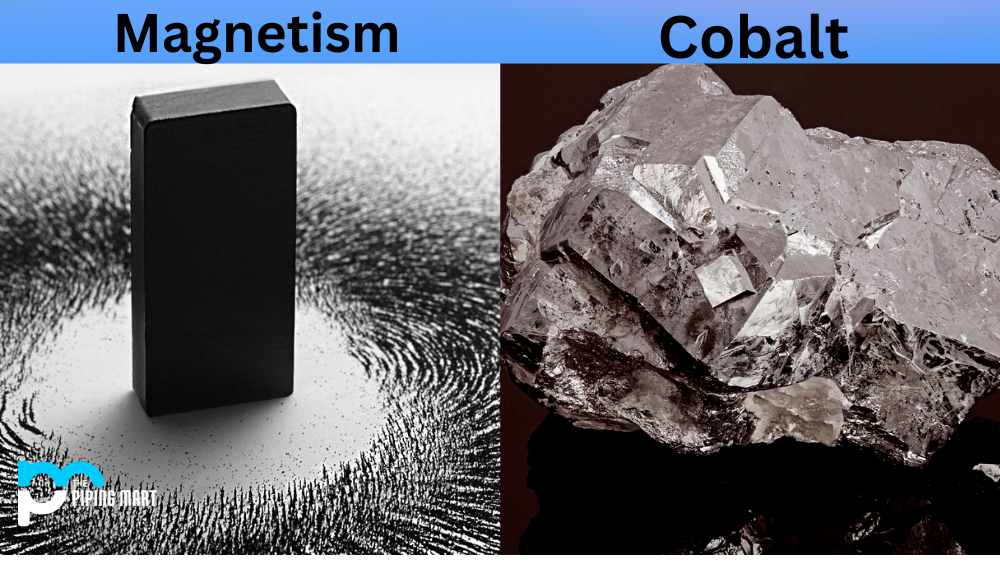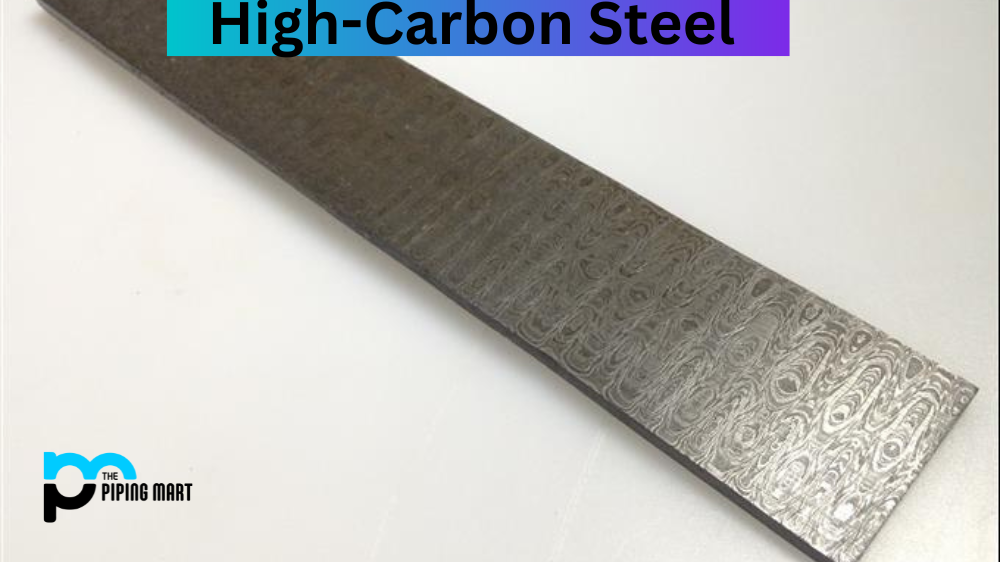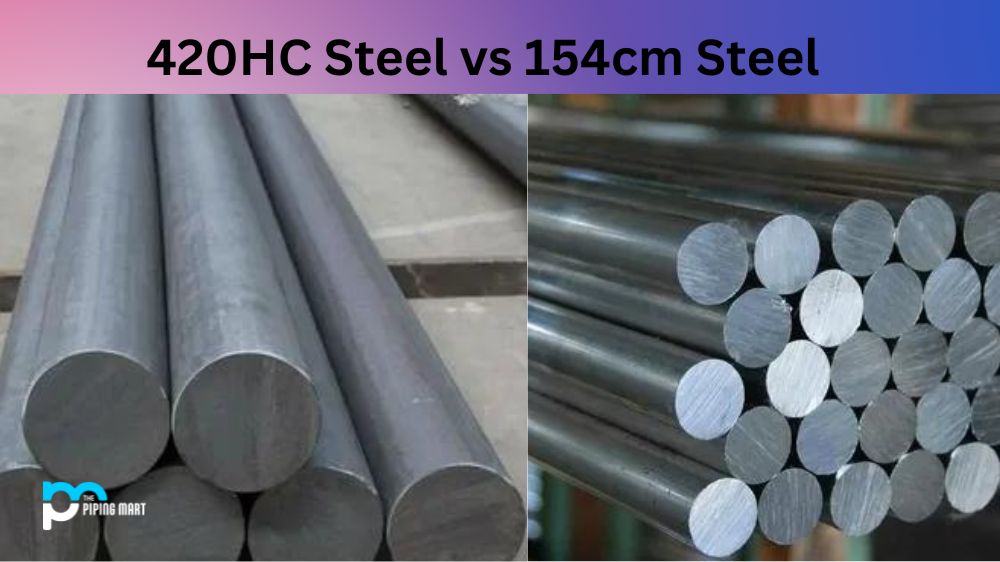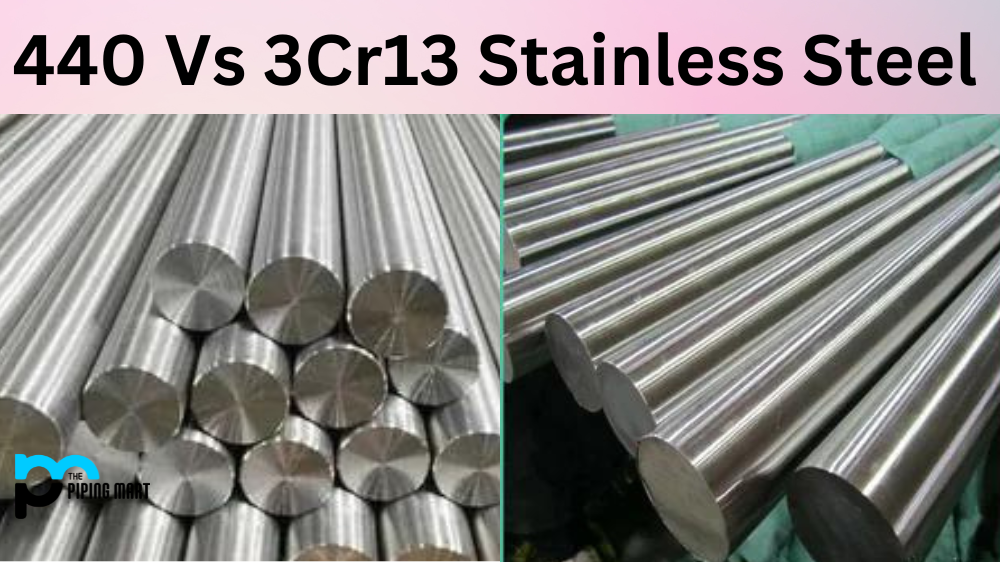Have you ever wondered why some materials are magnetic while others aren’t? There is a scientific explanation for it. In this blog post, we’ll look at magnetism, the element cobalt, and why iron, nickel, and cobalt are magnetic materials.
What is Magnetism?
Magnetism is a type of force produced by certain materials that can either attract or repel each other. This force is caused by the motion of electrons in atoms. When electrons spin around their nucleus, they create an electric current – this is known as an electromagnetic field. This field creates a magnetic force between objects with different charges. For example, when two magnets are placed close together, one may be attracted to the other and vice versa depending on their individual charges.
Iron, Nickel, and Cobalt
Iron, nickel, and cobalt are three elements that have been found to be ferromagnetic – meaning they can become permanent magnets when exposed to a magnetic field or another magnet. These metals have unpaired electrons, which cause them to be attracted to each other and other magnets due to their magnetic fields. The strength of this attraction depends on how many unpaired electrons there are in each metal atom and if the metals contain impurities that disrupt their electron spin.
Is Cobalt Magnetic?
The answer is yes! Cobalt has five unpaired electrons, which makes it ferromagnetic; however, its Curie temperature (the temperature at which its magnetism disappears) is quite low, making it more susceptible to losing its magnetism than iron or nickel. Therefore cobalt is not commonly used in applications where high temperatures will be encountered, such as in motors or generators, because it would lose its magnetic properties quickly under these conditions.
Conclusion:
All in all, magnetism plays an important role in our everyday lives, from small items like refrigerator magnets all the way up to massive ships powered by electric motors relying on permanent magnets for propulsion. Iron, nickel, and cobalt are just a few examples of ferromagnetic materials that can become permanent magnets when exposed to an external magnetic field or another magnet – including cobalt! With that being said, due to its low Curie temperature, it isn’t typically used in applications requiring high temperatures so keep that in mind before investing your time into researching any further regarding this subject matter.

A passionate metal industry expert and blogger. With over 5 years of experience in the field, Palak brings a wealth of knowledge and insight to her writing. Whether discussing the latest trends in the metal industry or sharing tips, she is dedicated to helping others succeed in the metal industry.




